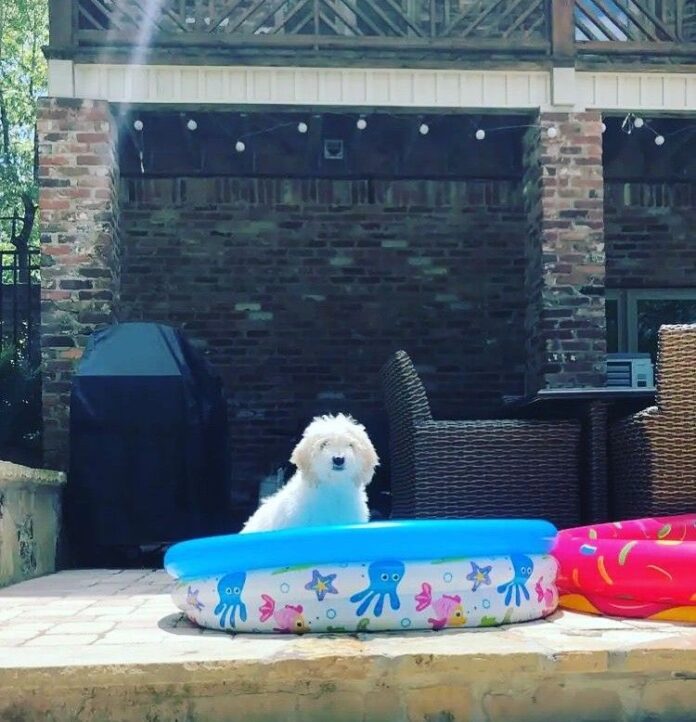CULLMAN, Ala. – Alabama is no stranger to heat or humidity. With a high heat advisory nearly every day last week as well as next week’s temps staying around the 90s, the Tribune investigated the hot topic of preventing heatstroke in pets during a heat wave: a comparison between what the law says, and what vets actually recommend.
Heatstroke occurs when a pet’s body temperature rises too high and can occur rather quickly. Symptoms of heatstroke include panting, excessive thirst, lethargy, vomiting, diarrhea and seizures; if you think your pet may have heatstroke, it is important to seek medical attention for them immediately.
East Point Animal Hospital Veterinarian Dr. Dennis Haynes has been caring for animals since 1974. He said that often when he sees pets for heatstroke, it’s too late.
“Oftentimes, the dog is DOA. Mucus membranes are dry, color is a fiery red,” Haynes said, shaking his head. Haynes noted the issue is typically due to a captive dog and a lack of shade or cool water, explaining, “A dog captive to a pen, or a fenced backyard, they’re at your mercy. If there’s a dry water bowl, no shade, they’re going to be in trouble.”
He said that for pets that don’t have the option to come inside, shade and cool water are not only recommended, but also crucial for survival; he suggested checking on those pets often, refreshing water bowls with ice cubes, making sure shade is adequate at all times and introducing airflow if possible through outdoor fans.
Haynes noted a stark difference between the nature of outdoor cats and dogs, saying that since cats aren’t usually fenced in or on tethers, they tend to fair a bit better in harsh conditions like a heat wave- provided that water and shade are still easily available.
“Cats are going to find places to shade up in the heat of the day. It’s just part of their nature to pile up and sleep during the day, and then they’ll get up and hunt in the cool of the night,” he stated.
According to Cameron Berryhill of Cullman County Animal Control, what Haynes said is not only right – it is the law. According to Alabama Criminal Code 13a-11-241, depriving an animal of necessary sustenance and shelter is a Class A misdemeanor, and you can be prosecuted.
Addressing animals in cars, Berryhill was very blunt: “If an animal is found to be left in a car unattended the individual could be prosecuted. Leave your dog at home!”
He continued, “Even with the windows cracked open, the temperature inside a car can quickly rise to dangerous levels. Regardless of the temperature outside, a car’s internal temperature can rise up to 20-30 degrees in minutes. Just an additional 2 degrees in a dog’s body temperature can cause heatstroke; 15 minutes is all it takes for a dog to die of heatstroke.”
TIPS TO PREVENT HEATSTROKE:
- Avoid walking your pet during the hottest parts of the day. Early morning and late evening walks are best to keep your pet cool and comfortable.
- Hot pavement can burn your pet’s paws. To test the sidewalk temperature, use the back of your hand. If it’s too hot to hold your hand down, then it’s too hot for their paw pads.
- Make sure your pet has access to fresh, clean water at all times. Consider adding a few ice cubes to their outside water bowl and keep it under the shade so it could keep cool and refreshed.
- Provide frozen pet-friendly treats to keep them entertained.
- Make sure your pet has access to shade at all times, whether it’s under a tree or an umbrella. This will help keep them cool and protected from the sun’s harmful rays.




























